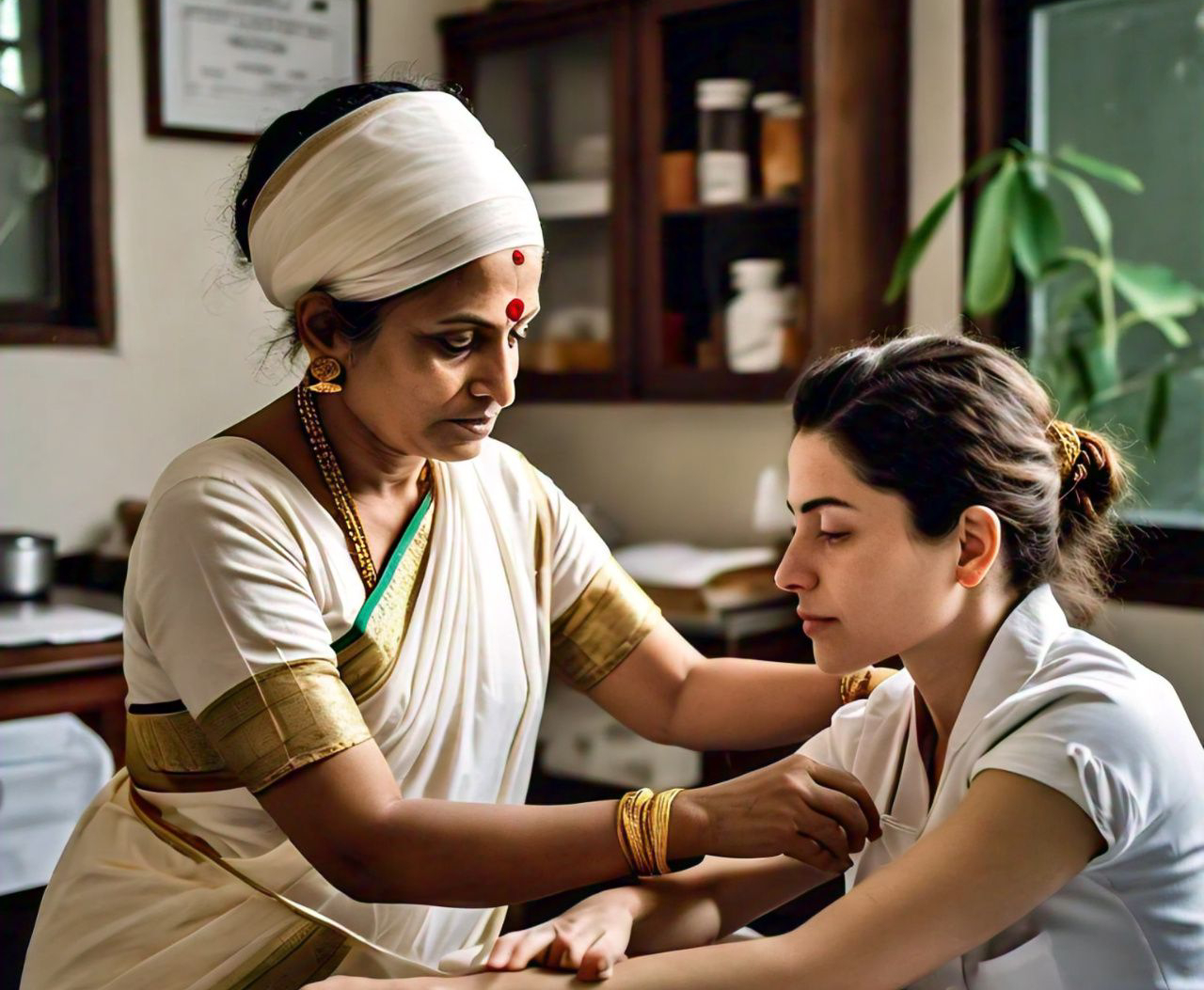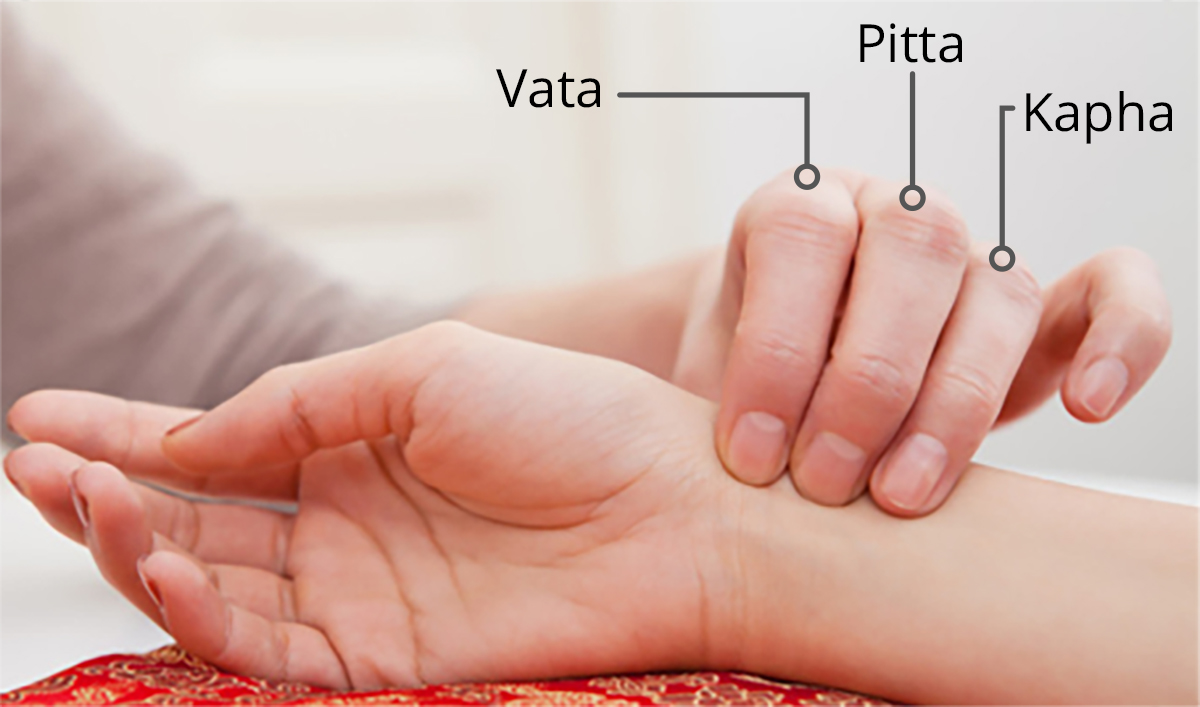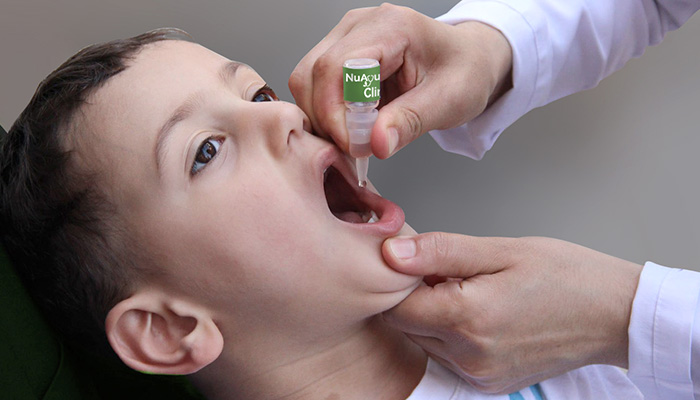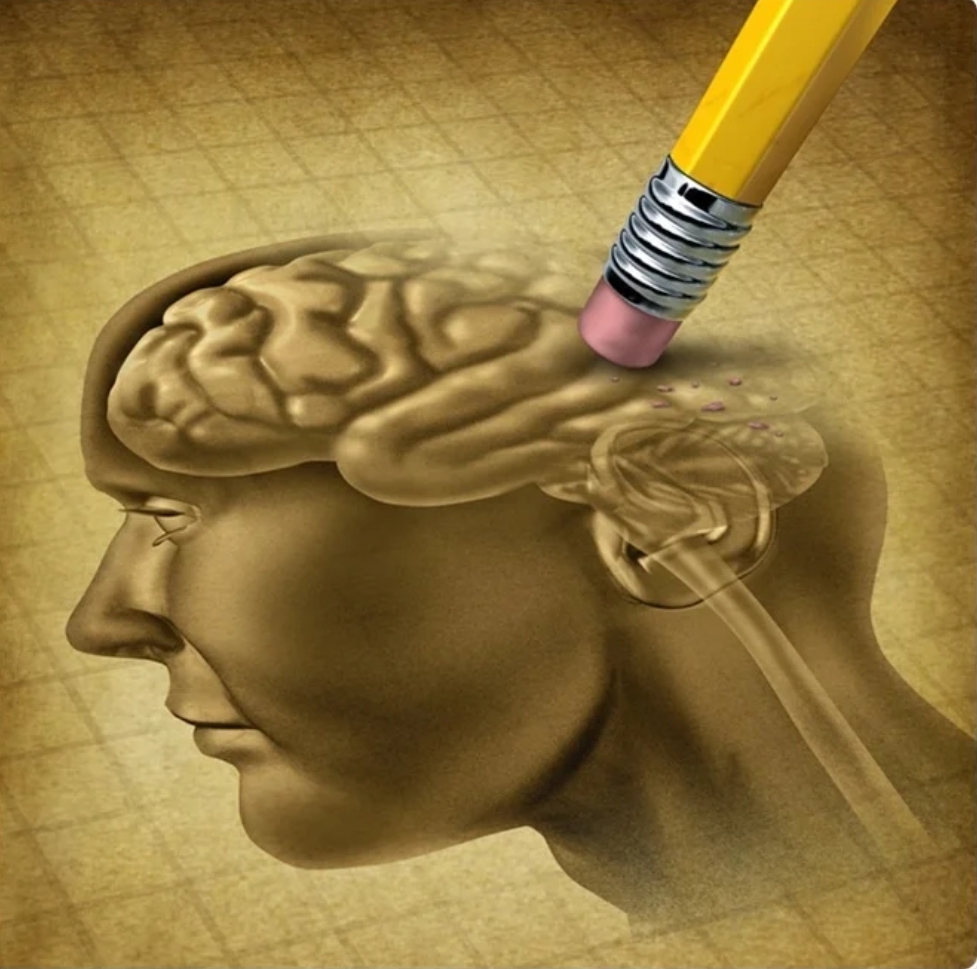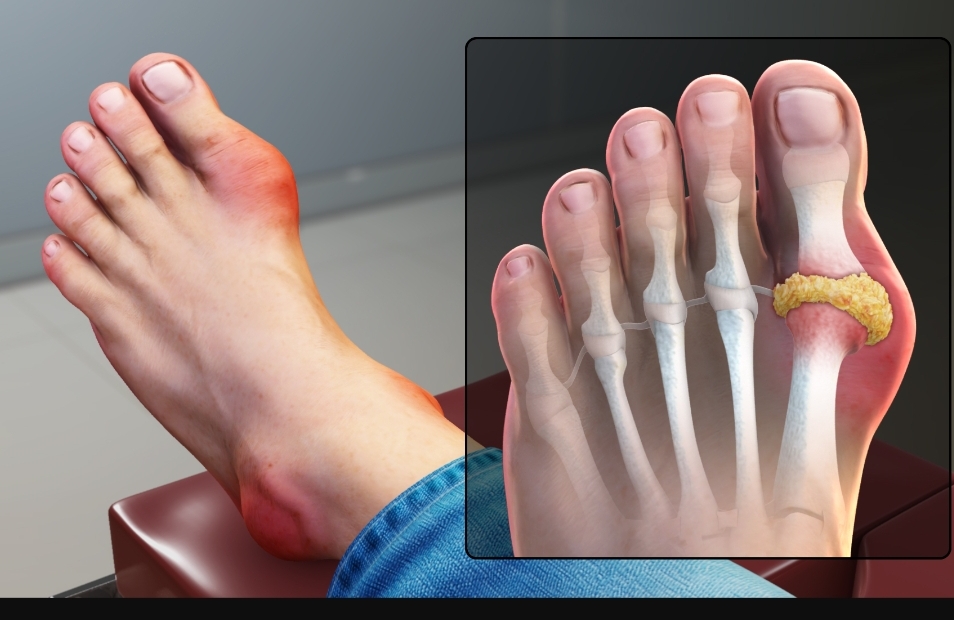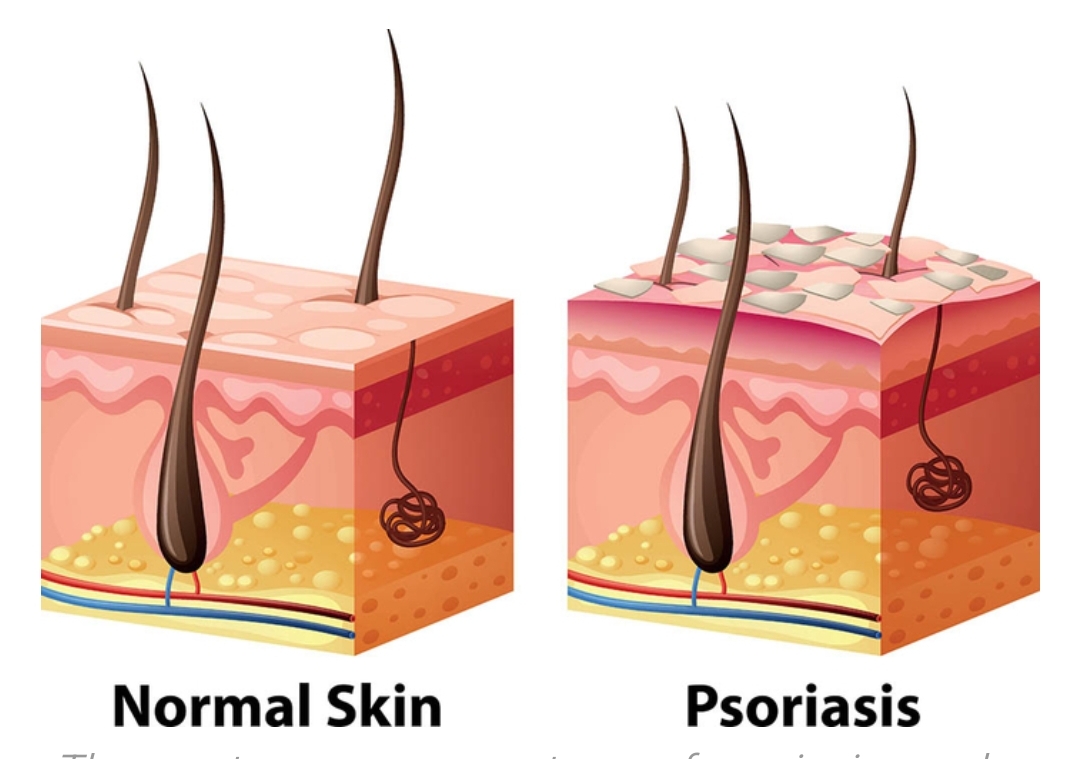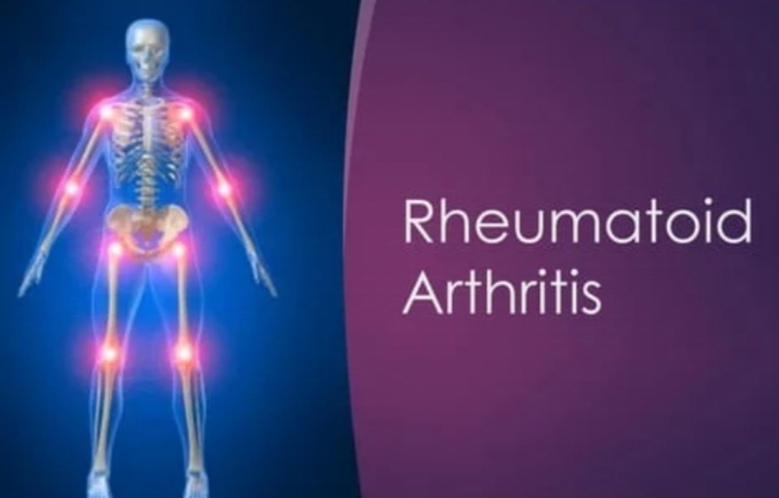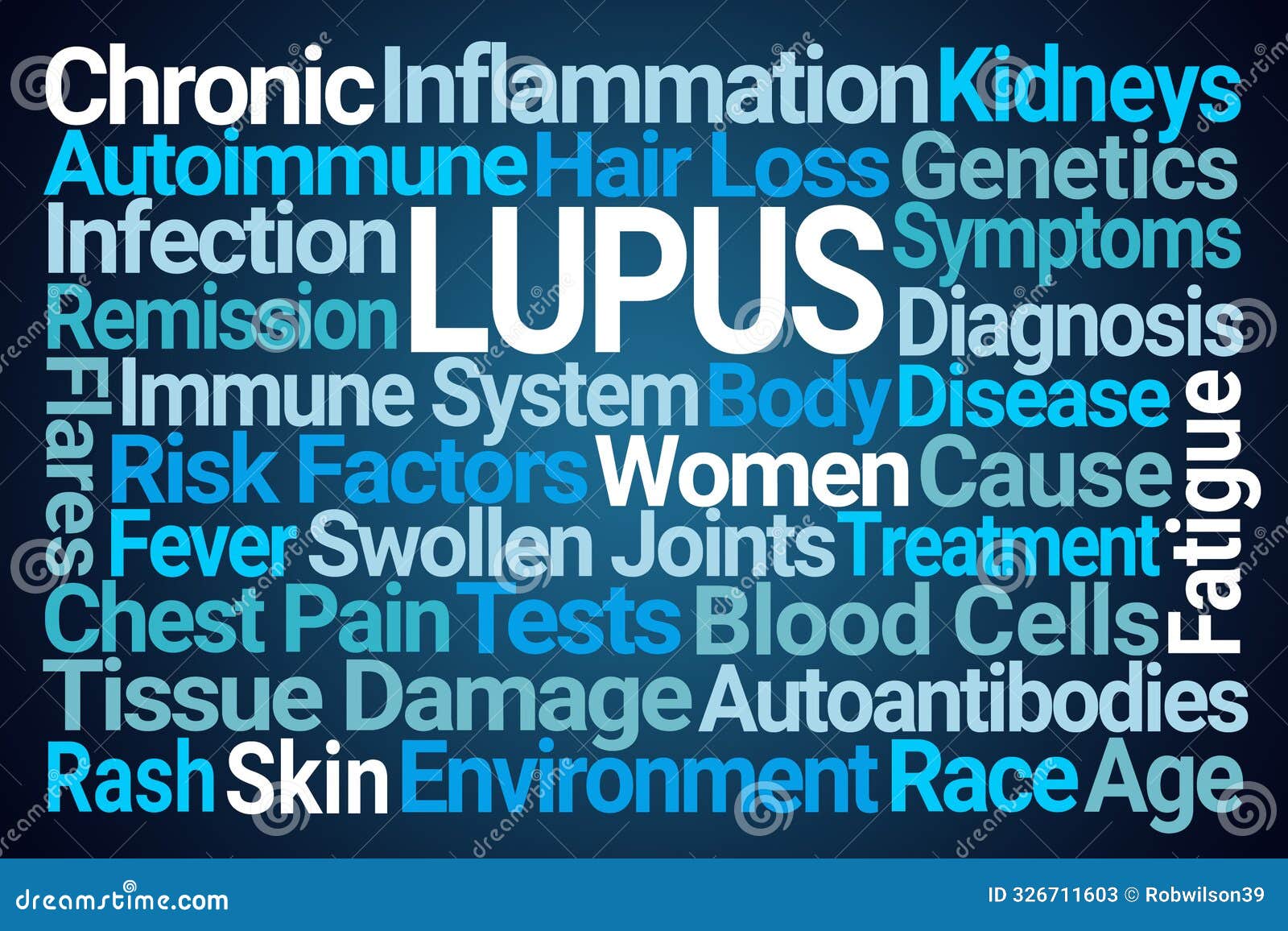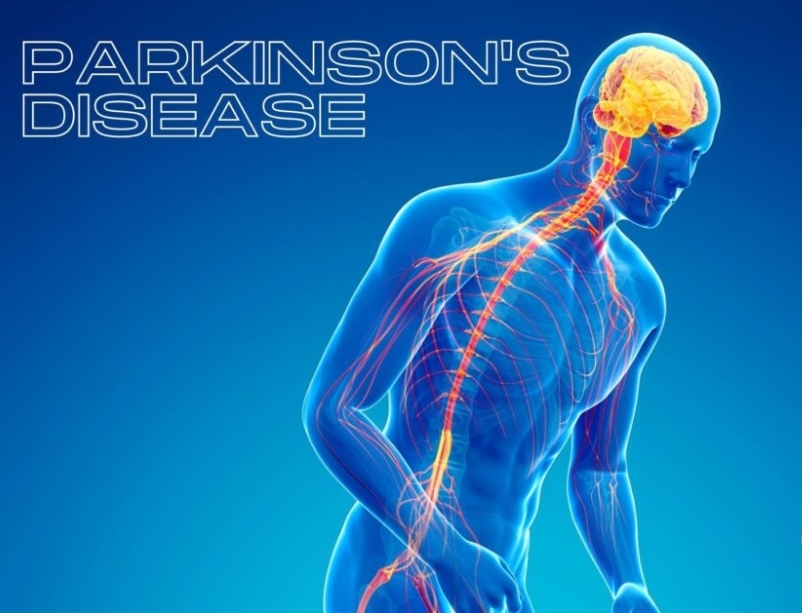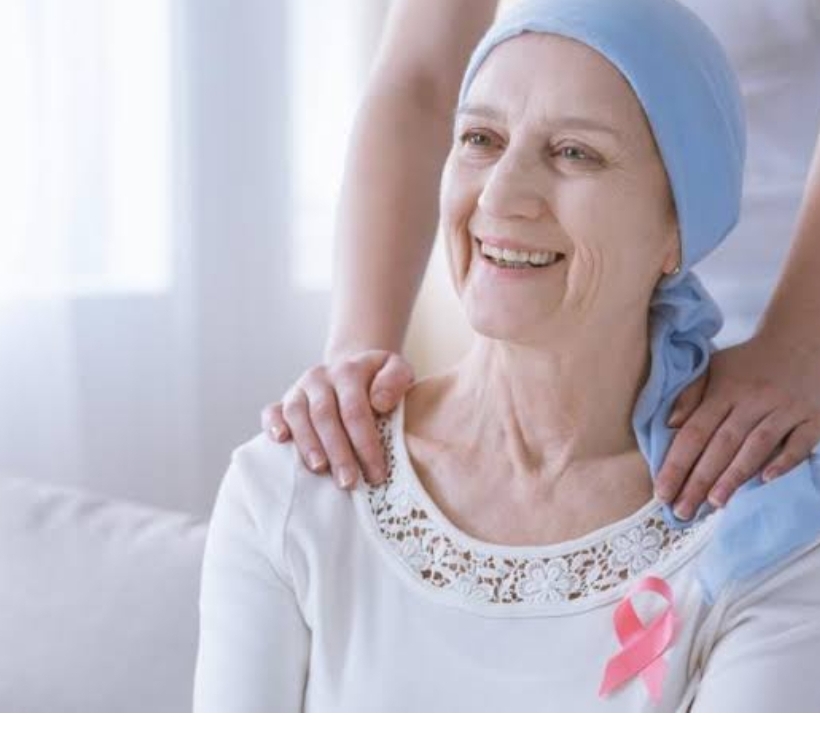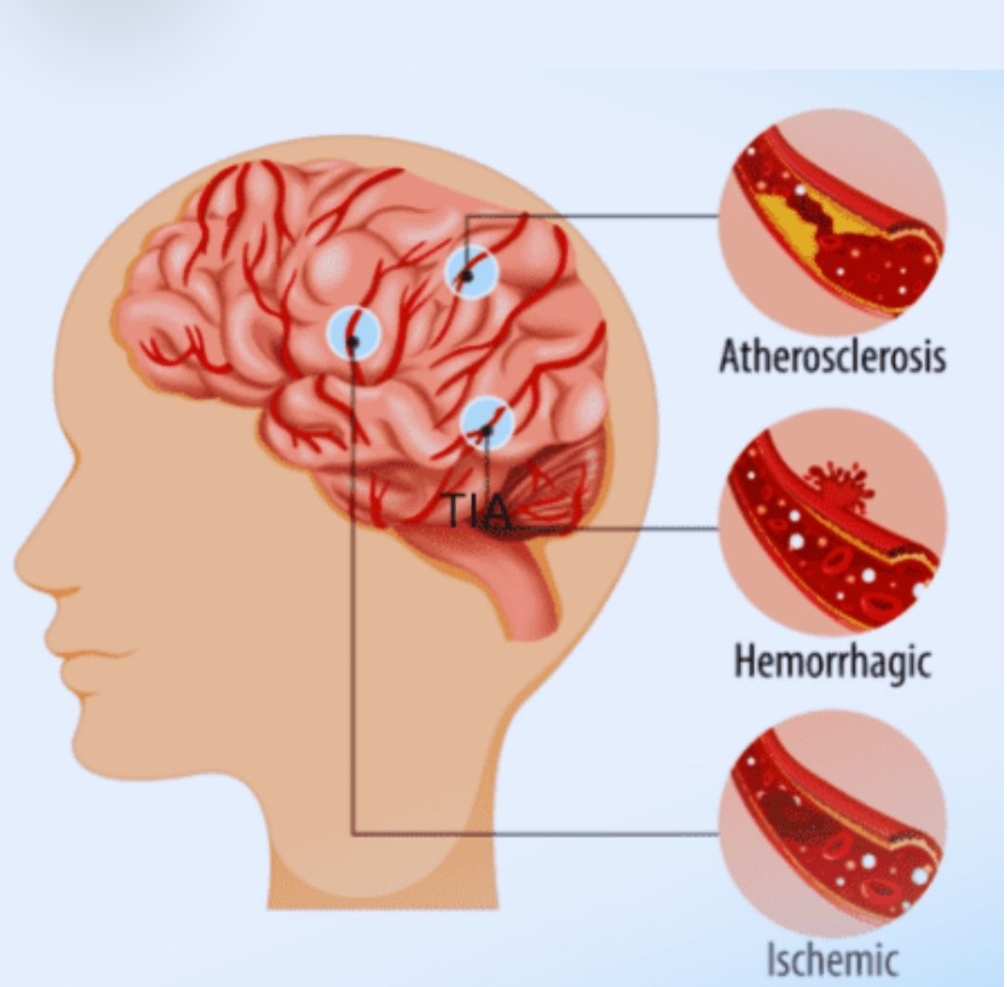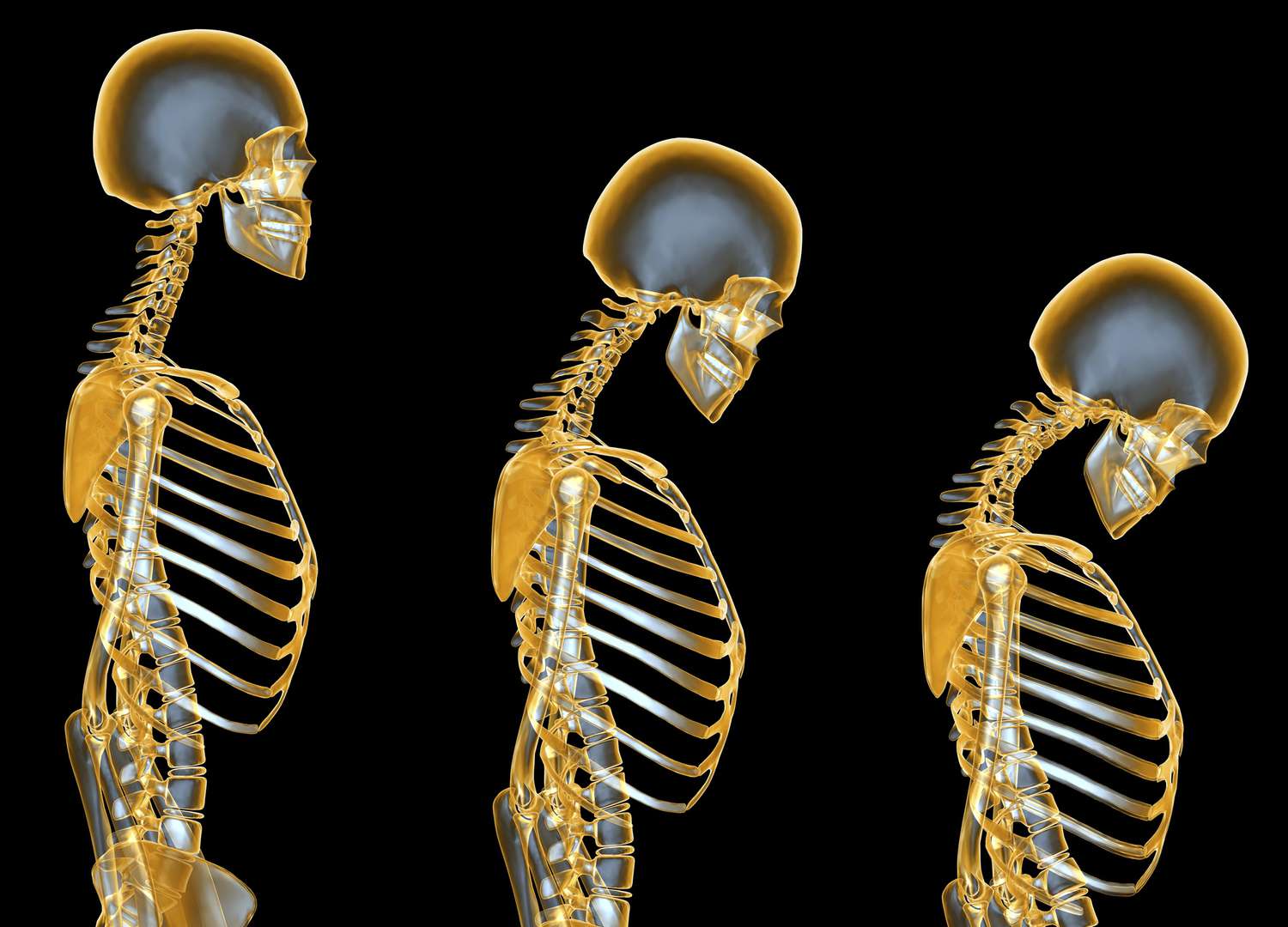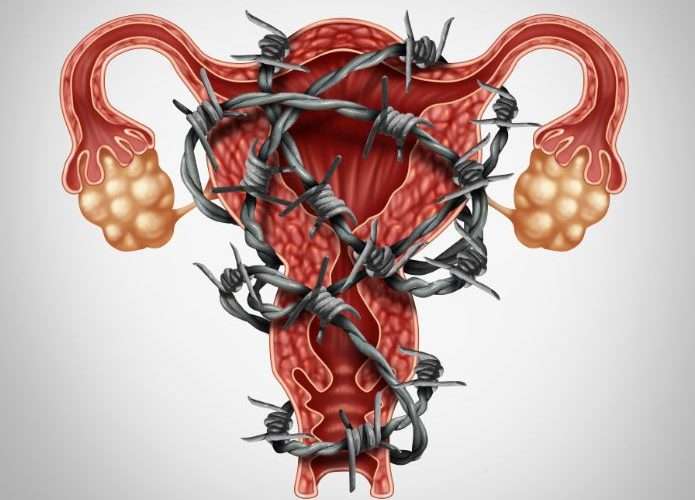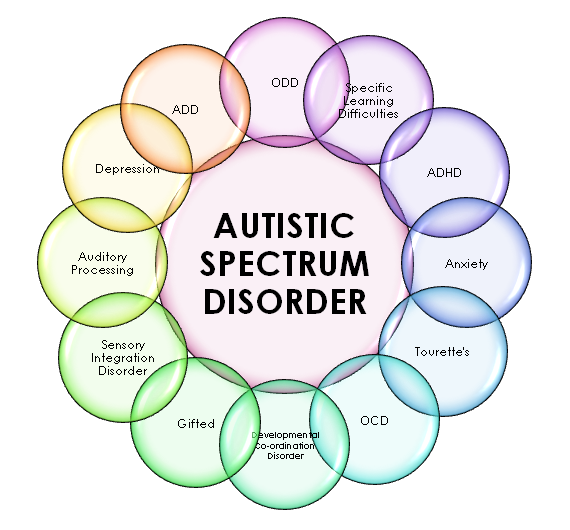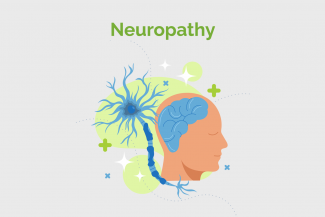
Lumbar Spondylosis
Spondylosis is a generic term that refers to any degenerative disorder affecting the lumbar spine’s discs, vertebral bodies, and related joints. Around 60–85 percent of individuals will experience low back discomfort at some point in their lives. Lumbar spondylosis is a descriptive word for spinal abnormalities rather than a clinical diagnosis.
Spinal stenosis, degenerative spondylolisthesis, osteoarthritis, ageing, trauma, damage to the intervertebral discs, vertebrae, and related joints are all included in this category. However, because of the mechanical stress, the lumbar region is the most impacted. Lumbar spondylosis is a complex condition to diagnose.
The space between the discs in the lumbar spine narrows in a classic case of lumbar spondylosis. As a result, the patient experiences numbness, tingling, and pain that radiates from the affected location. The pressure on the nerves as they depart the spinal cord causes these symptoms. If the spondylosis is allowed to progress, it can narrow the spinal canal, resulting in spinal cord impingement, resulting in poor bladder control, unstable gait, and other neurological severe issues.
What are the causes of lumbar spondylosis?
The discs between the bones in your spine become stiffer and can break down as you get older. Bone spurs can form as the bones deteriorate. Lumbar spondylosis is the name for this ailment that affects the lower back. Because the lumbar spine’s job is to support your body weight, the L1-S1 vertebrae become worn and compressed over time due to repetitive activity, heavy lifting, and weight growth.
Common causes include:
- Herniated or bulging discs
- Bone spurs
- Abnormalities in the spine
- Arthritic changes in the spine
- Sudden jerk or injury to the spine
When the spinal cord or nerves around the spine become inflamed or compressed, lumbar spondylosis usually causes significant symptoms. However, when symptoms do appear, they can vary a lot from one person to the next. Pressure on the sciatic nerve, for example, can produce discomfort in the back, buttocks, legs, feet, and toes.
The following are some of the most common lumbar spondylosis symptoms, which may vary from case to case:
- Muscle spasm in hamstring (hamstring muscles are the muscles in the back of thighs)
- Stiffness in the lower back
- Difficulty for standing long periods and walking
- Pain increases on prolonged sitting
- Inability to bend forward or pain when bending forward
- Numbness, weakness, or tingling in the foot
Ayurveda treatment of Lumbar Spondylosis
Lumbar spondylosis is characterised by pain, tingling sensations, numbness, and spine stiffness, caused mainly by vitiated Vata dosha. Lumbar spondylosis is linked to Kati Vata (one of the Sandhigata Vatas), and back pain to Katishoola, Prishtashoola, Kati Graha, or Trika Shula or Trika Graha, according to Ayurveda.
Can Ayurveda cure lumbar spondylosis?
Ayurvedic treatment for lumbar spondylosis aims to restore the vitiated ‘Vata Dosha’ to its natural state of balance, and hence to health. Panchakarma and rejuvenation therapies, internal medicines, food and lifestyle changes are therapeutic options for this illness. Herbal medications and therapies are used in the Ayurvedic treatment of Lumbar spondylosis to relax the muscles, alleviate inflammation in the nerves and surrounding tissues, cure nerve damage and strengthen the nerves and muscles. Treatments at Gayatri's Heritage Ayurveda Include –
Podi Kizhi (herbal powder poultice massage) – Podi Kizhi is a traditional Ayurvedic massage technique that aids in the relief of pain and swelling caused by arthritis, muscular spasms, and rheumatism. The treatment involves massaging the entire body (or the problematic area) with Kizhis dipped in medicated oils.
Ila Kizhi (fresh herbal poultice massage) – Ila Kizhi is a type of Swedana in which the medicines are wrapped in a cloth and utilized for treatment. Also known as Patra Pinda Sweda, the therapy involves tying medicinal plant and other medication leaves in a cloth and applying it to the body while heating it frequently. Ela Kizhi is performed after a gentle oil massage or Abhyanga.
Kativasthi (pooling of medicated oil on the back) – Kati Vasti is a form of external oleation (Snehana) therapy in Ayurveda. It is very safe and gives instant relief from the backache. It is the best ayurvedic treatment for back pain and other lumbosacral disorders.
Tailadhara (pouring of medicated oils over the body) – Tailadhara helps relax the back and reduces the inflammation in the area.



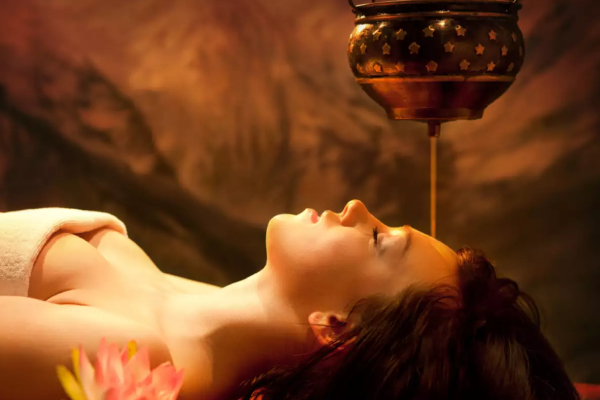
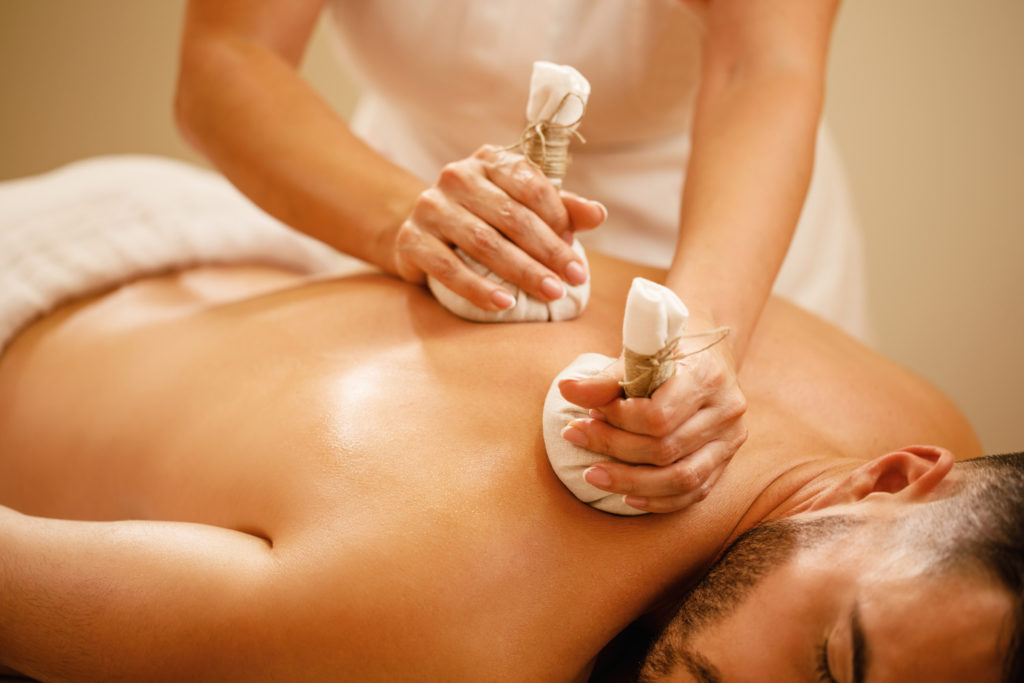
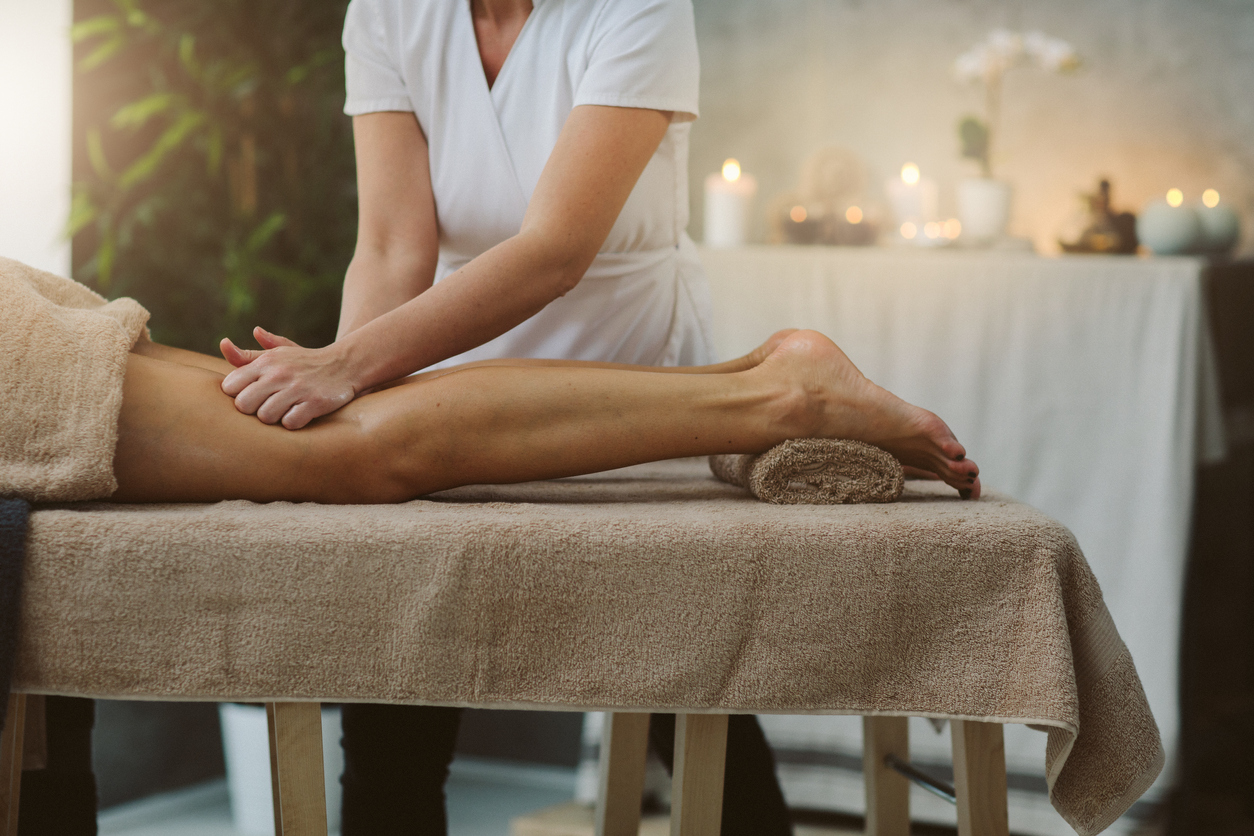

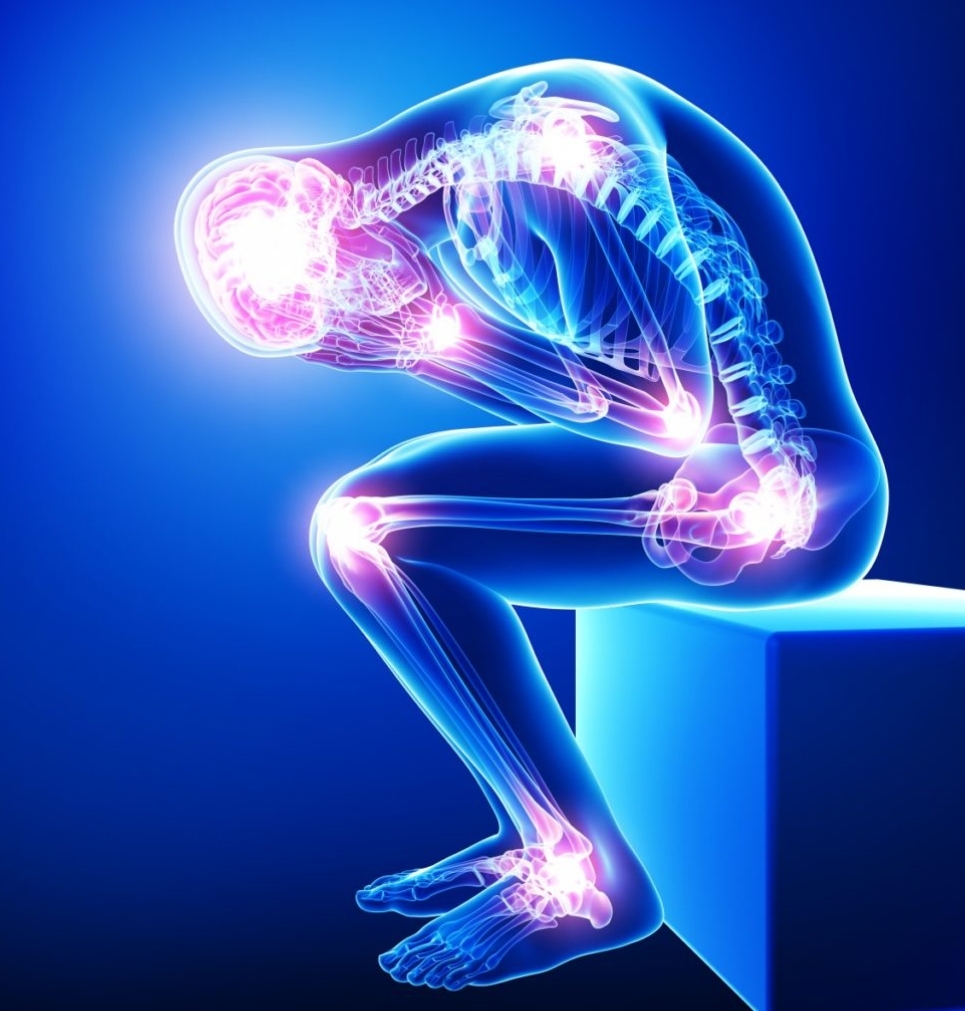
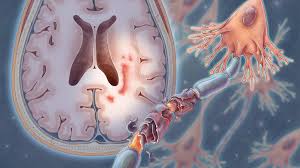
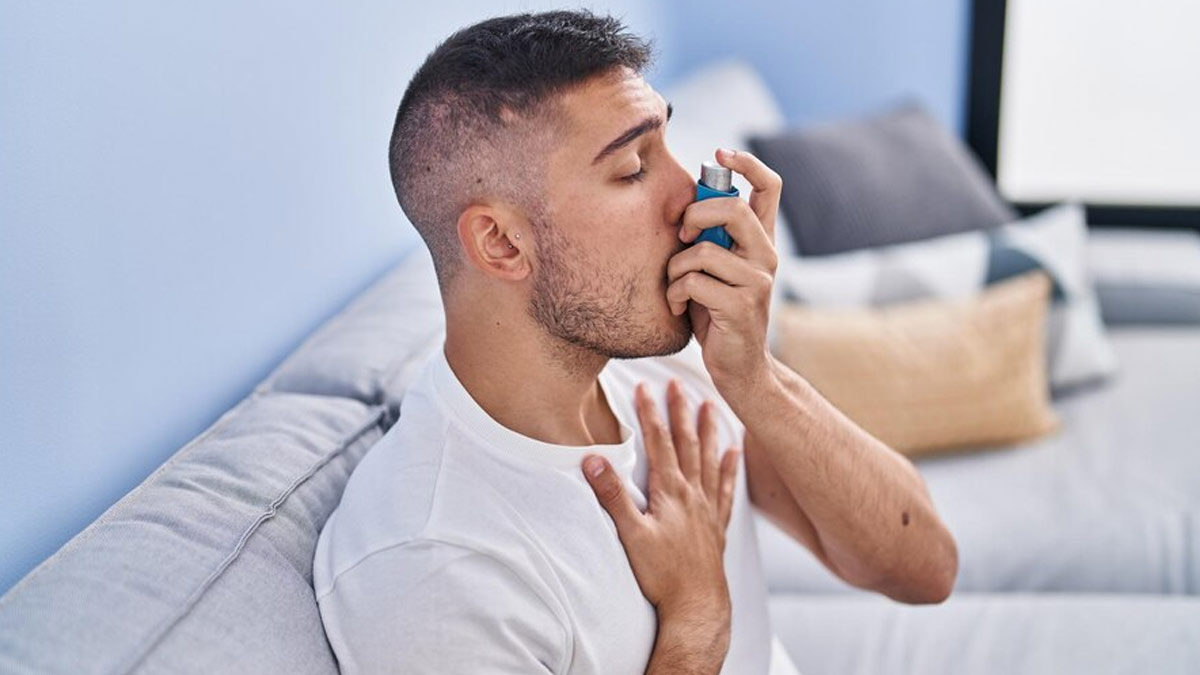
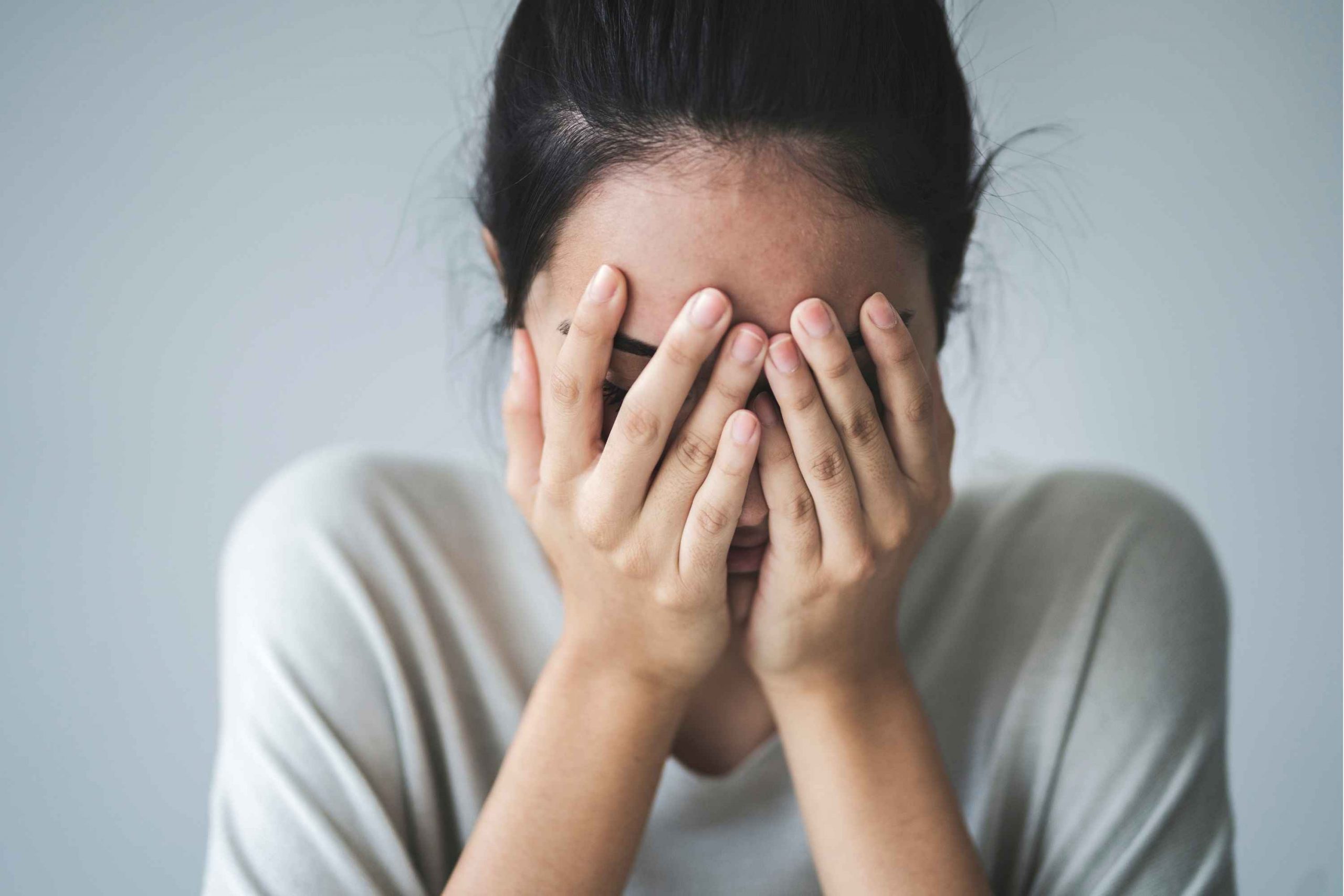
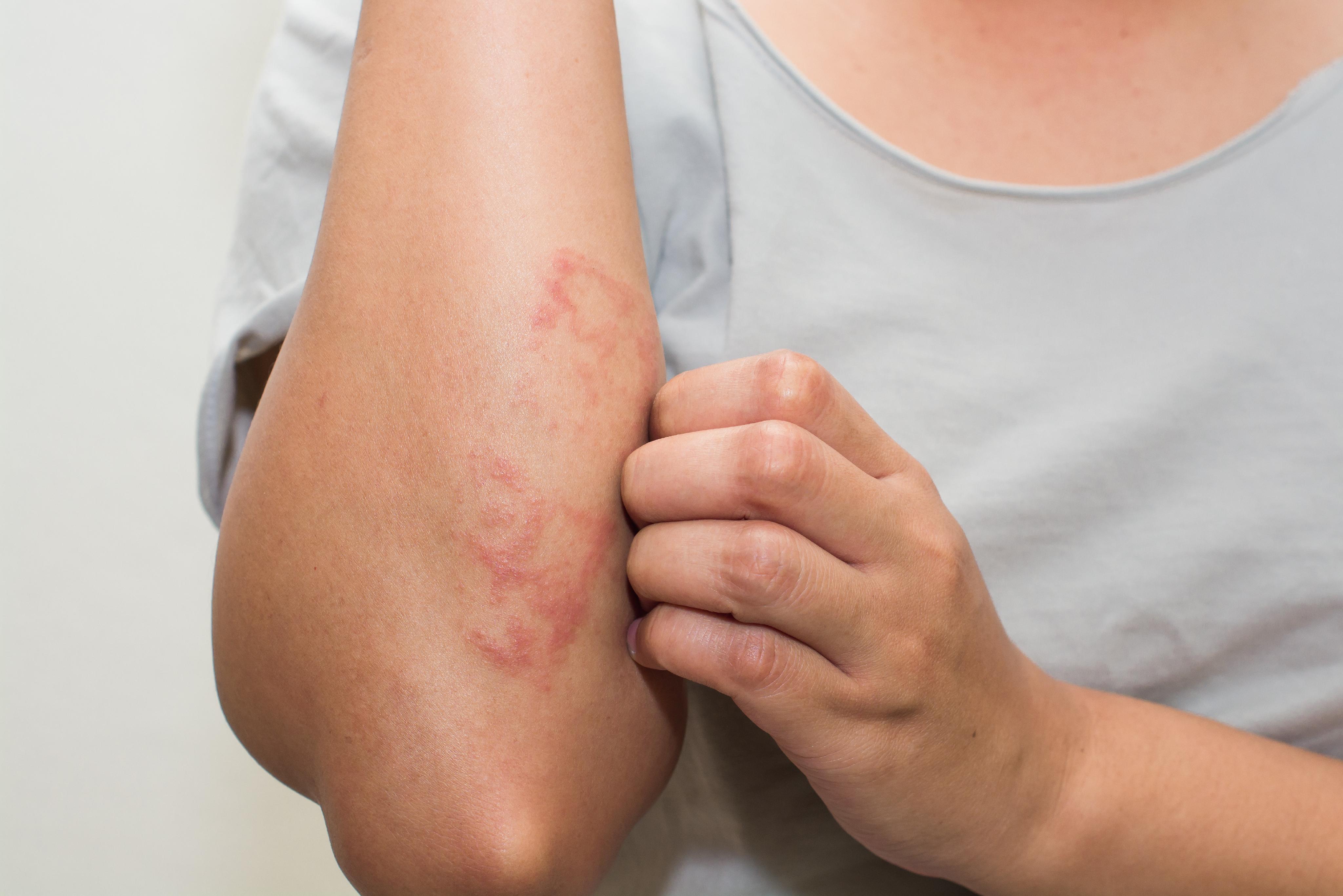
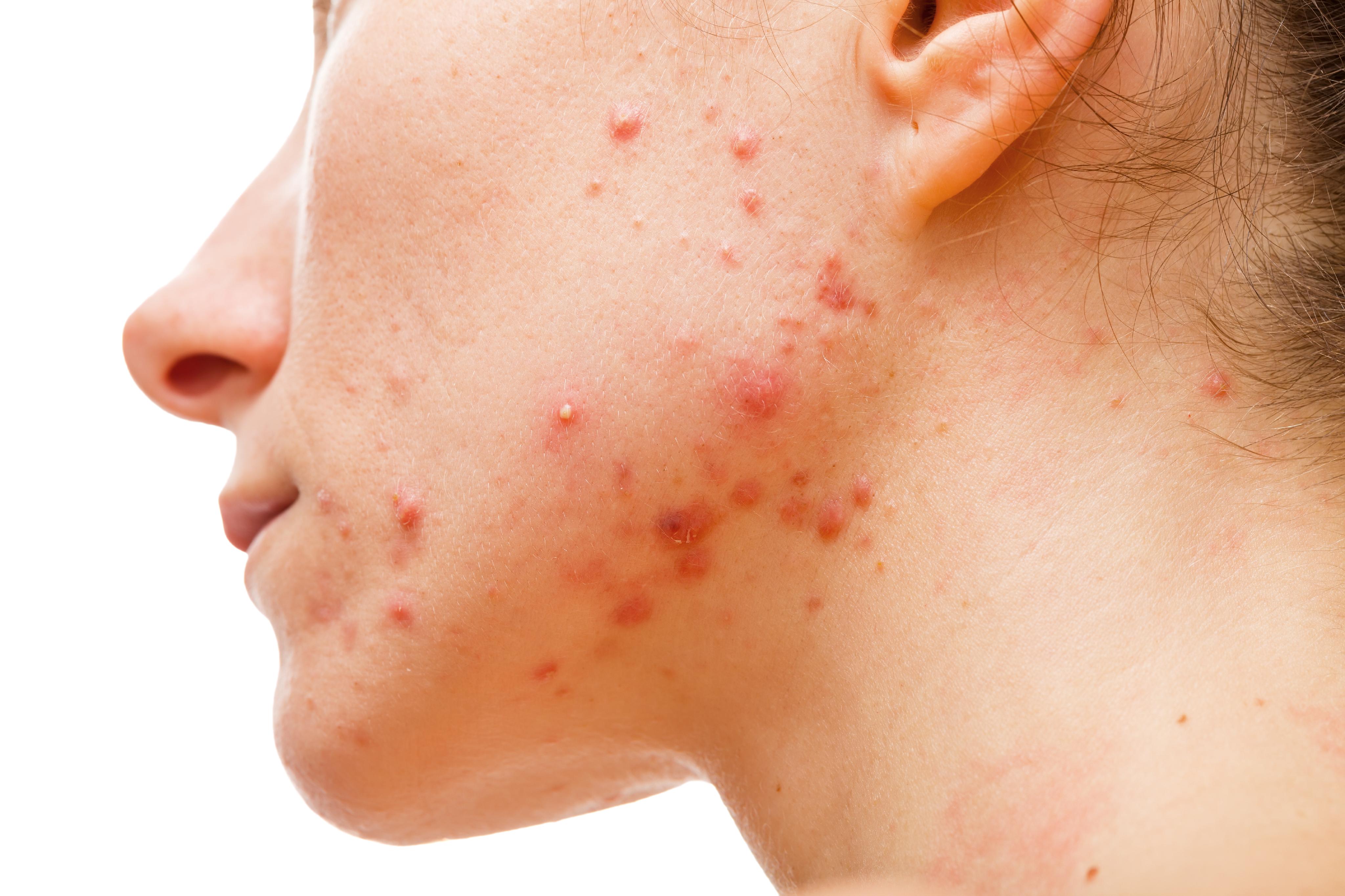
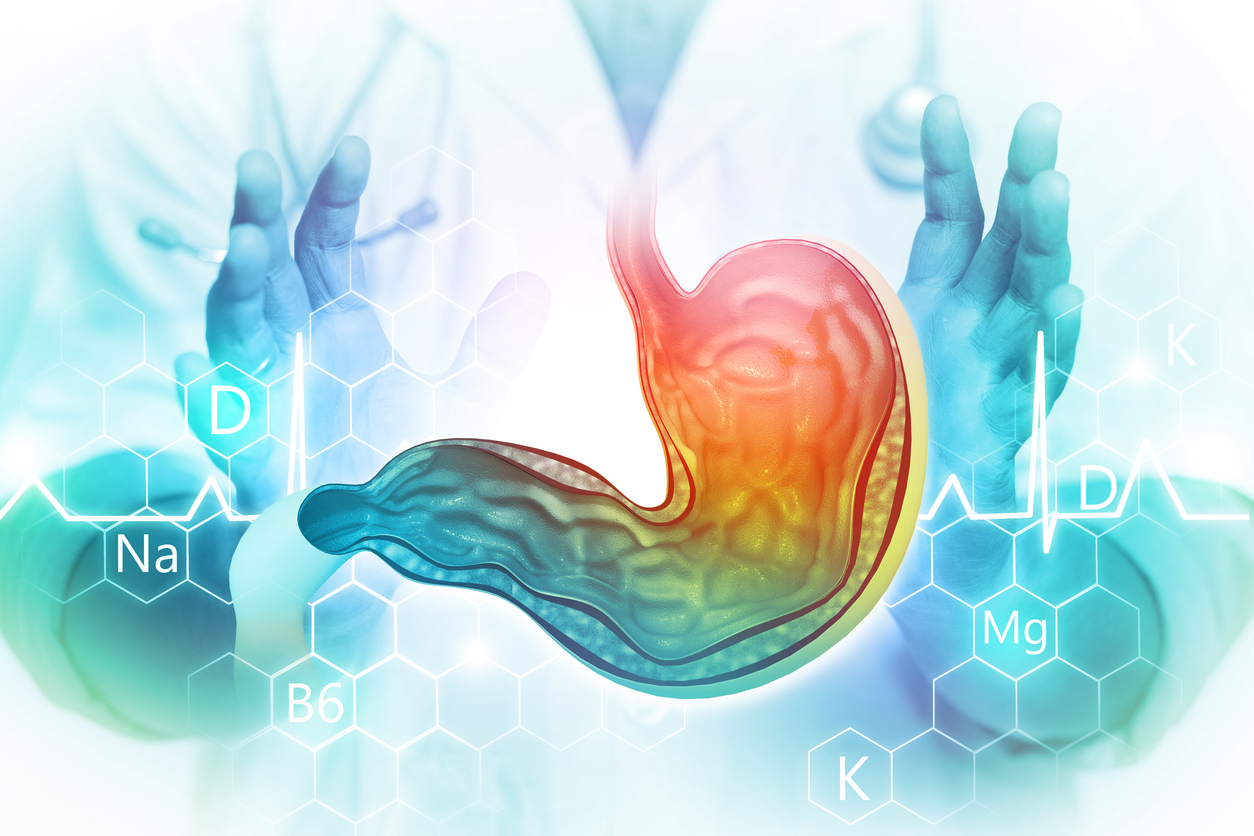
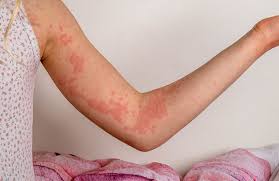
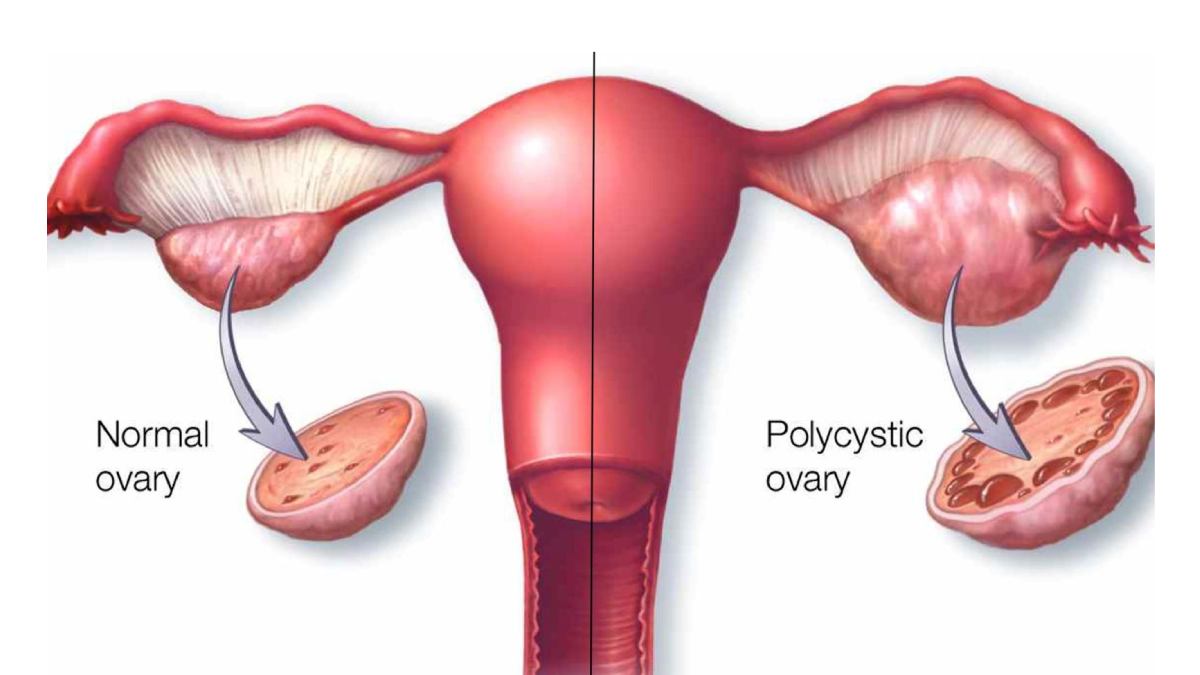
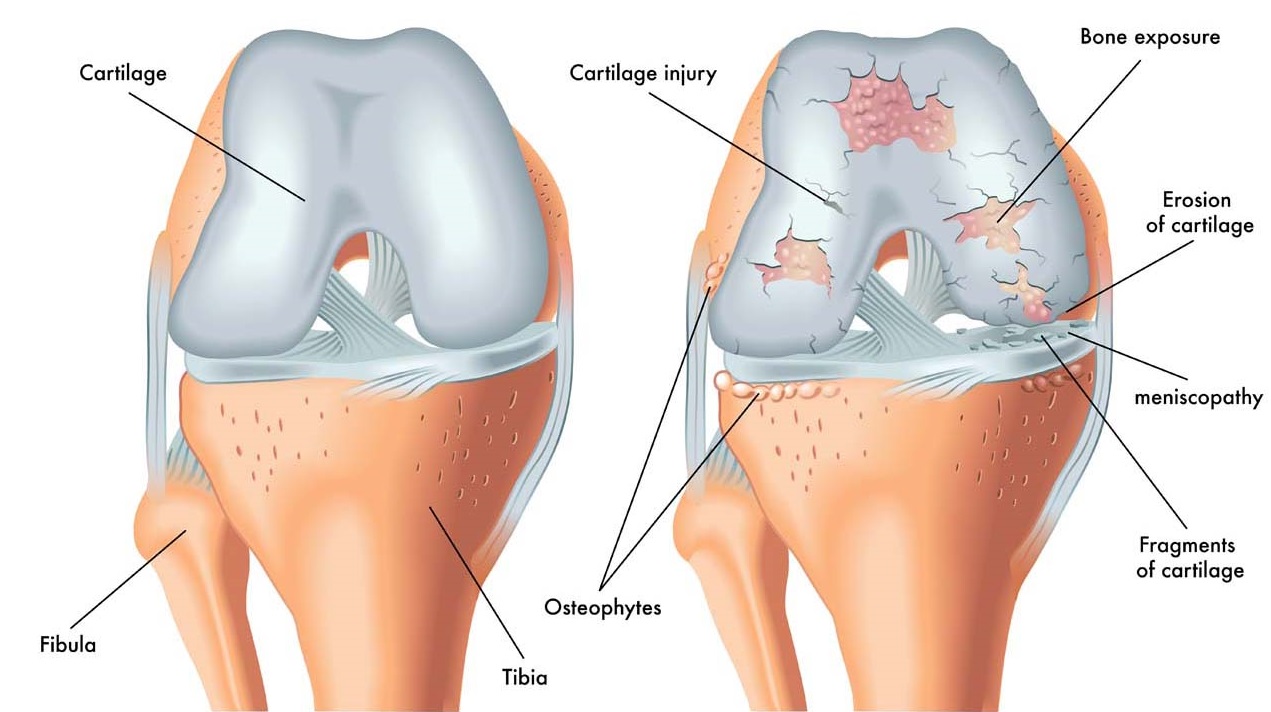
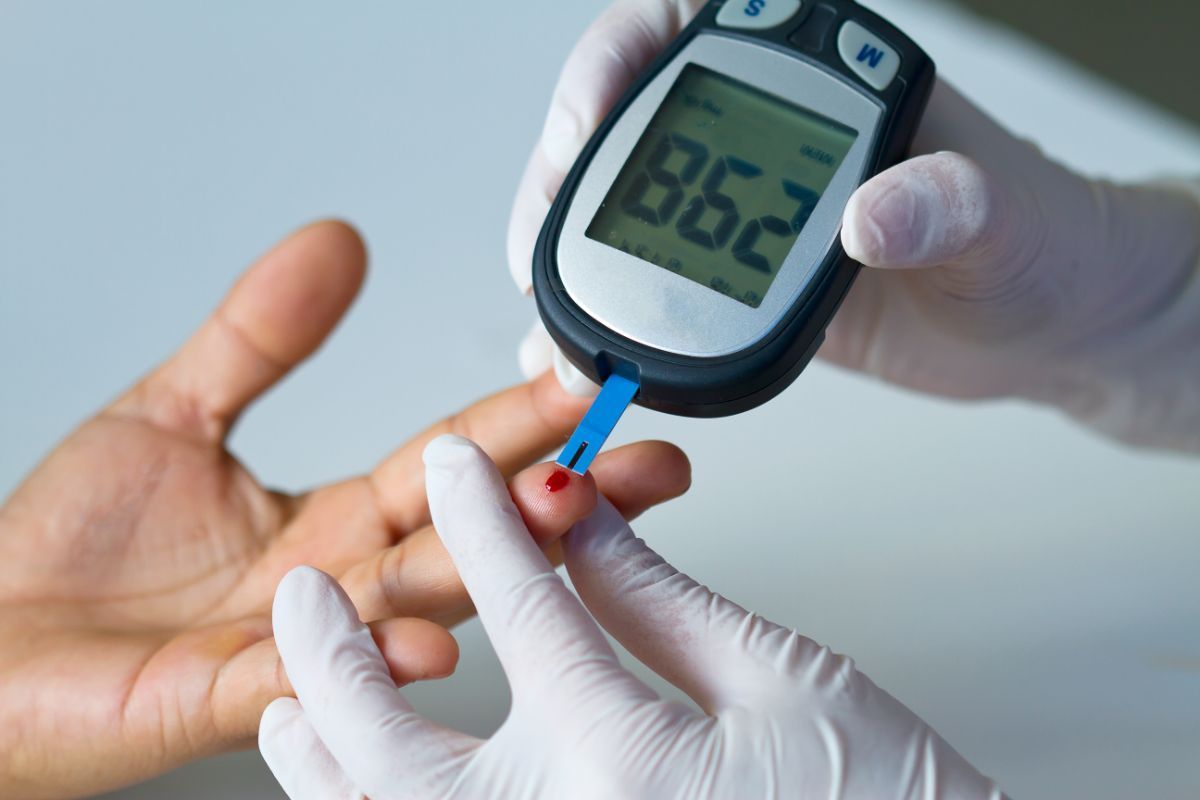
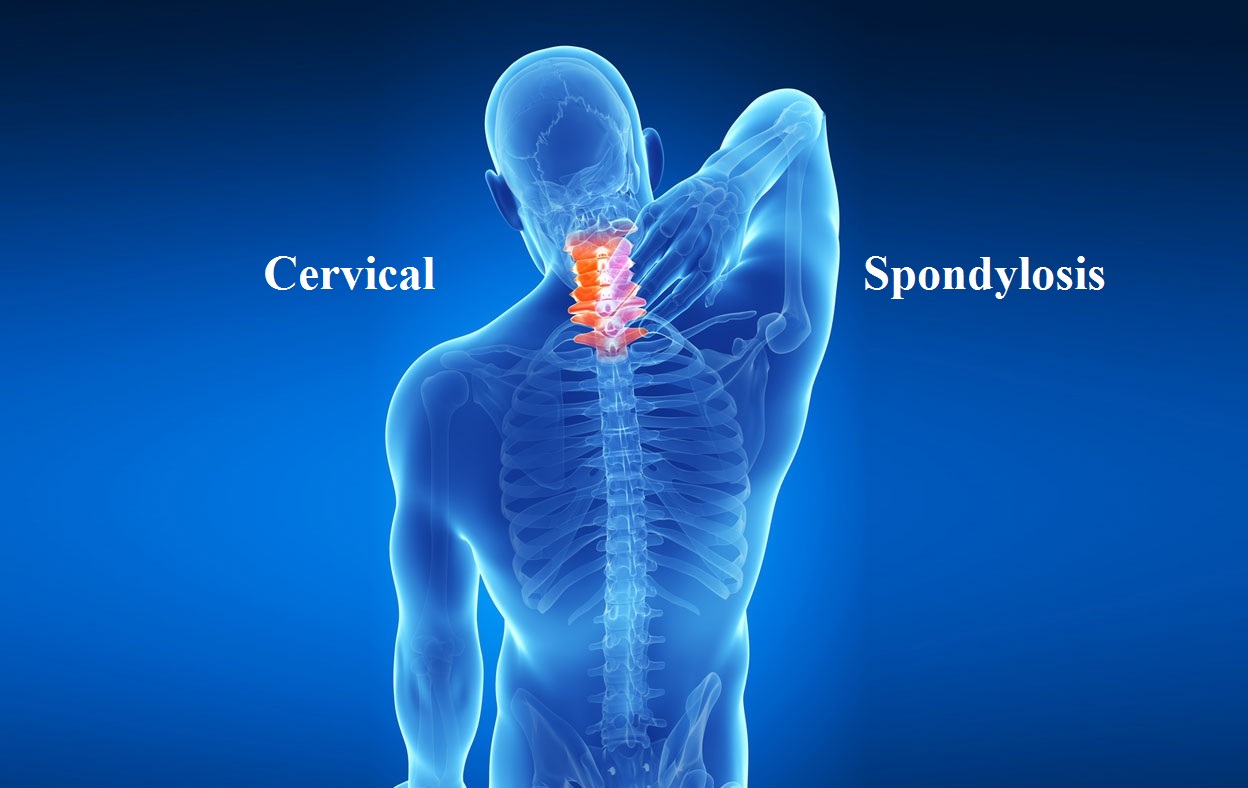
.jpg)
